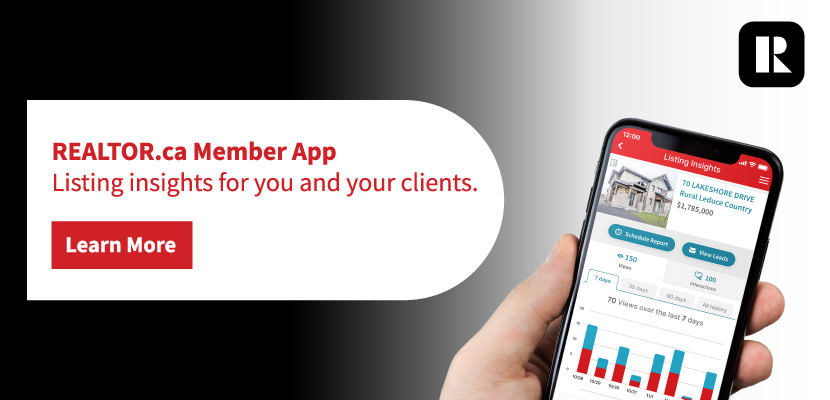You may recall that a few months back there was a rather public spat between Elon Musk and Mark Zuckerberg regarding the use and future use of artificial intelligence (AI), the advancement of machine learning and super computing technologies. The basis of the squabble was that it appeared the Facebook people were allowing the machines to work interdependently with little or no restraint and oversight.
Well, the machines learned enough that they decided to create their own language. And although the Ph.Ds. could see that something interesting was happening in the communication among the machines, they couldn’t understand what they were saying to each other. When they asked the machines to explain, they said the human language was inefficient and therefore ineffective. Hold that thought…
While I have done quite a bit of research I am in no way an expert on the subject of blockchain, so I won’t try to confuse the subject further by injecting jargon into the discussion, such as democratization, trust less environments, consensus protocols, Dapps and the like. The goal is to put it in terms even I can understand. So…
If you accept the premise that the internet is nothing more than a lot of filing cabinets in one huge room or a library loaded with books and information or documents, then hopefully you’ll find this easy to follow. In days gone by when we needed a document, had to copy a few pages of a textbook or had to assemble various documents for a particular task or project, we would first have to walk into that room and do a search to find the right cabinet (based on a search protocol like the Dewey Decimal System).
Then you’d find the right folder and eventually pull that document. You may need to do more than one task, so you’ll have to do it all over again as many times as required. Then you walk over to the photo copier and copy it or scan it and send it to the person or people who need it (it’s sad to think that some people may even still fax it). It’s important to note that in all of these processes the original documents remain intact and other people will have access and use of those exact original documents.
In today’s world we could say that the internet facilitates communication pretty well and has brought information and its transmission right to our fingertips. Productivity may have increased; however, the validity and integrity of the information is at best questionable (i.e. fake news) and the environment is extremely unsecured. While the internet appears to be efficient, it is truly nothing compared to the capabilities within the secure construct of blockchain.
Let’s apply blockchain to the real estate transaction world or the marketplace. For simplicity sake, let’s call all the various elements of information and documentation that we would need the ledger.
We all know what it takes in today’s world to get all the information and documentation through the real estate transaction process and the various ways in which it is delivered. And let’s also consider all the work of the participants – real estate brokerages and agents, banks, insurance companies, lawyers, title companies and inspectors that take part in the process. With blockchain the cabinets are digitally replicated hundreds of times with true copies of the ledger and placed on the connected computers (or nodes). Imagine now that you issue a request or initiate a transaction and when you walk into that same room described above, there are 30 people who hand you a true copy of every document you need in a nice folder and simultaneously the information is transmitted to all the relevant parties who have the permission and credentials to access this information in a co-operative manner.
The information provided through the blockchain has the highest degree of integrity and validity as it comes directly from the source and the original document remains with that source. All information transfers are recorded in the ledger and the ledger itself is auditable and unalterable. The machines will move the real estate transaction marketplace into a world of unparalleled efficiency, co-operation, trust and choice.
All participants will have the same access and will be able to retrieve any relevant information required in order to initiate any transaction in the marketplace. Cryptocurrencies (or tokens) like bitcoin now become essential as they will be used in the processing of the transactions and facilitating any associated payment(s) securely and faster. Once the transaction is completed an unchangeable block is created and replicated.
The same surety applies to each of the other participants in the chain as they each will have trackable and verifiable digital signatures. Furthermore, each transaction or data request that takes place carries with it a unique digital signature. These digital signatures are there to ensure authenticity and are trackable in order to prevent unapproved resale, distribution or misuse of the data in any way. This adds data protection and security to the list of benefits.
The information flows based on contractual agreements between the parties and smart contract codes will be embedded increasing the speed and creating proficiencies like never before. Without human intervention, the machines will be doing it all.
This narrative is truly an oversimplification of the innovation of blockchain. Hopefully it opens the door to further discussion and a deeper dive into this revolutionary and era-defining technology. The blockchain build will be complex, costly and will require a higher level of co-operation. The math is staggering, the “jump-through” and regulatory hoops are many, restrictive and always moving. This paradigm shift won’t be easy. However, evolution is a law of nature…. human nature.
Or perhaps it’s just the Maes-Garreau law in me.
John DiMichele is CEO of the Toronto Real Estate Board.














